How does the uncountable infinity of languages contradict the countable infinity of Turing machines and Turing recognizable languages?
The question at hand concerns the relationship between the uncountable infinity of languages and the countable infinity of Turing machines and Turing recognizable languages, within the realm of Cybersecurity and Computational Complexity Theory. To fully comprehend this relationship, it is imperative to delve into the fundamental concepts of decidability and the properties of languages that
Why is the set of infinite length strings over zeros and ones considered uncountably infinite?
The set of infinite length strings over zeros and ones is considered uncountably infinite due to its cardinality being larger than that of the set of natural numbers. This concept can be understood by examining Cantor's diagonal argument, which demonstrates that there are more real numbers than natural numbers. By extension, the set of infinite
Explain the two approaches to enumerating every Turing machine.
In the field of computational complexity theory, enumerating every Turing machine can be approached in two distinct ways: the enumeration of all possible Turing machines and the enumeration of all Turing machines that recognize a specific language. These approaches provide valuable insights into the decidability and recognizability of languages within the framework of Turing machines.
How can the set of Turing machines be described in terms of countable infinity?
The set of Turing machines can be described in terms of countable infinity by considering the concept of a Turing machine and the properties of countable sets. A Turing machine is a theoretical model of computation that consists of a tape divided into cells, a read-write head that can move along the tape, and a
What is the difference between languages that are Turing recognizable and languages that are not Turing recognizable?
In the field of computational complexity theory, the concept of Turing recognizability plays a crucial role in understanding the limits of computation. A language is said to be Turing recognizable if there exists a Turing machine that can accept all the strings belonging to that language. On the other hand, a language is considered not
- Published in Cybersecurity, EITC/IS/CCTF Computational Complexity Theory Fundamentals, Decidability, Languages that are not Turing recognizable, Examination review

